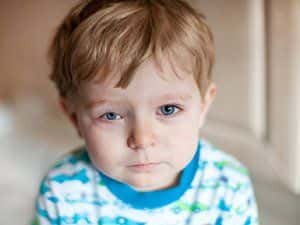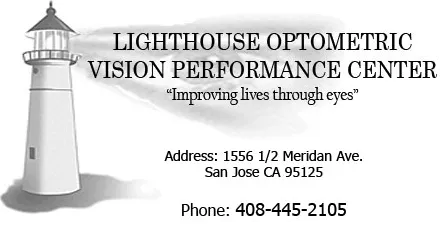
Amblyopia, commonly called lazy eye, refers to the improper development or significant loss of vision in an eye. It occurs when the brain does not acknowledge the images seen by the amblyopic eye.
Amblyopia Causes
Amblyopia occurs when an individual cannot use binocular vision (both eyes working together) due to one of three reasons:
- Strabismus - The most common cause of amblyopia is strabismus, a misalignment of the eyes. To prevent the double vision caused by strabismus, the brain ignores information from one eye.
- Unequal Refractive Errors - Refractive amblyopia occurs when the brain favors one eye due to extreme nearsightedness, farsightedness, or astigmatism in the other eye.
- Vision Obstruction - Called deprivation amblyopia, this type of lazy eye is caused when an infant's vision is obstructed and hindered from normal development. Congenital cataracts typically cause this type of amblyopia, and require surgery for treatment.
Who is at Risk?
A condition associated with eye development, amblyopia usually begins in infancy or early childhood. For this reason, amblyopia can be difficult to detect. Eye care professionals recommend children have an eye exam at six months, three years, and before starting school to diagnose amblyopia early.
Signs and Symptoms of Amblyopia
The primary symptom of amblyopia is the loss of vision in one eye. Since amblyopia does not have many outward symptoms and is often present in infants and young children, it can be difficult to spot.
In some cases, a misalignment of the eyes will be apparent. To test infants at home, a parent can try covering one of the child's eyes at a time while observing behavior. If the infant consistently fusses or cries when one eye is covered, this might indicate a vision problem. Since amblyopia most commonly affects only one eye, children will also consistently bump into objects on the affected side.
Diagnosis and Treatment
An eye care provider will diagnose amblyopia with visual acuity and binocular vision tests. Treatment will focus on strengthening the amblyopic eye and retraining the brain to use the weaker eye with eye patches, glasses, vision therapy, and sometimes strabismus surgery.
Treatment is most effective at a young age, but developments in eye care have successfully treated older patients. If left untreated, amblyopia leads to problems with depth perception, blindness in one eye, and if the stronger eye becomes injured, serious problems with visual acuity.
